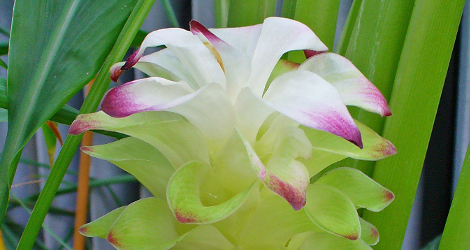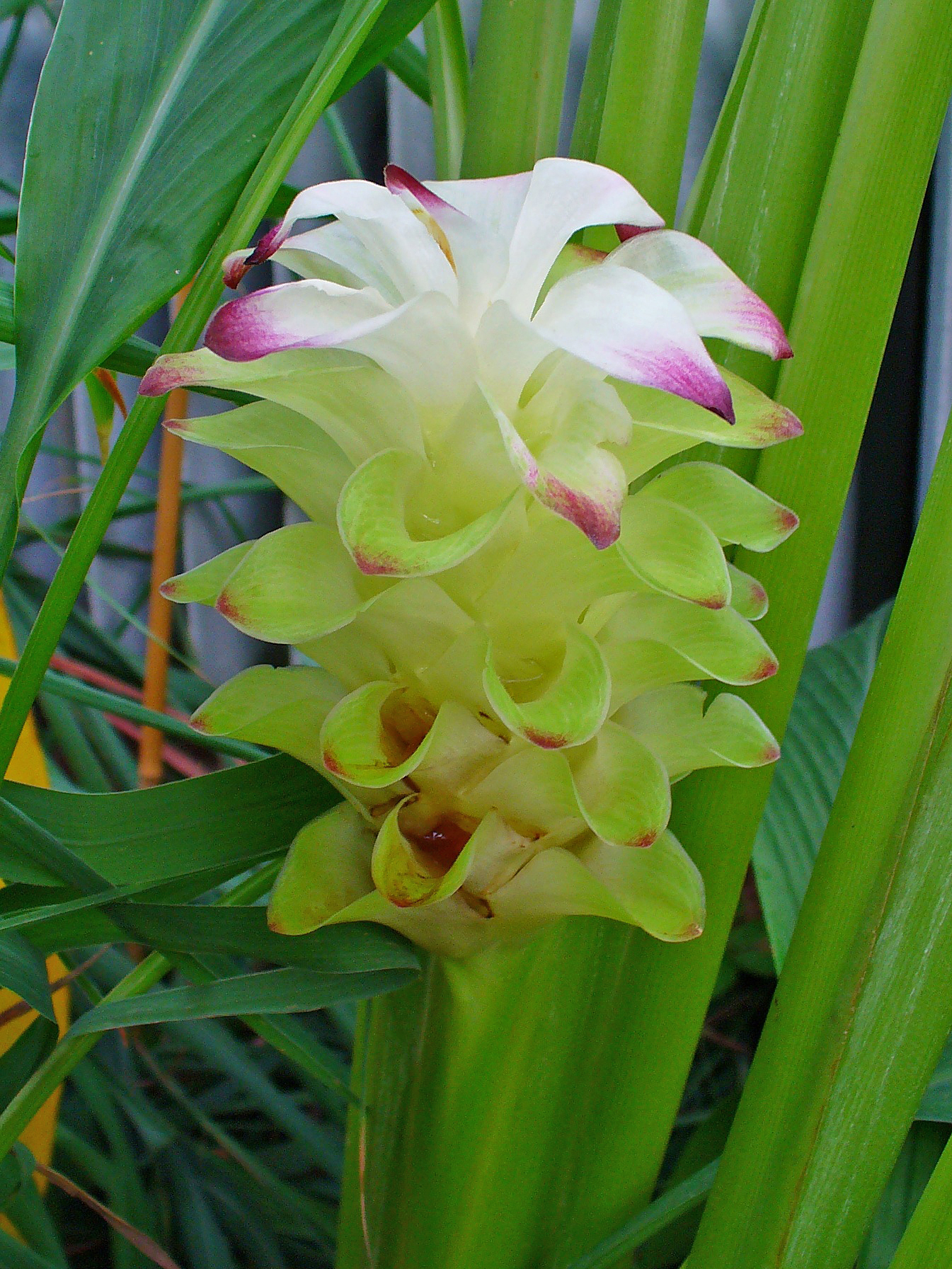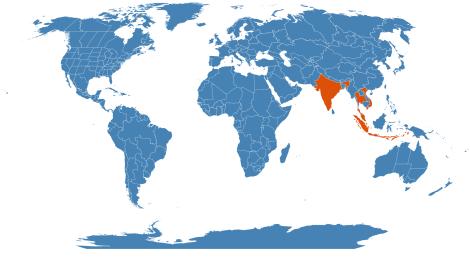Accession Data
Curcuma longa
Common Name: Turmeric
Family: Zingiberaceae
Country of Origin: India to W. Malesia
Uses: With Traditional Ayurveda, Turmeric is used to pacify Kapha and Vatha while increasing Pitta. While this plant symbolizes prosperity, it has many medicinal uses. Internally, this plant is used to cleanse all the systems of the body.
In the digestive system, it helps with purging, jaundice, reducing fat, helps get rid of parasites, indigestion, diabetes and more. In the integumentary system, turmeric powder mixed with honey can be used as a paste to help with skin disorders. It acts as a tonic as well as a natural dye to give the skin an even, glowing tone. Taken internally, turmeric helps in blood circulation, reducing anemia, and having major benefits in the immune system. Modern research is exploring the energizing effects of turmeric in the aid of HIV and AIDS.
The root of this plant is the main source of usage being pungent, bitter but antibacterial.
It has been traditionally taken in daily cup of very warm milk. Do not ever take without consulting a physician and be very cautious when pregnant.
Accession Data
USDA Zone: 7b-10b
Accession #: 201700066
Accession Date: 2017-08-08 00:00:00
Bloom Status: 🪴 Not Flowering
Location: 3212
Quantity: 1
Source: Logees Greenhouse
Culture: In areas that experience winter, plants should be brought inside before freezing and the foliage allowed to die back to the soil level for its winter dormancy. During this time, it is important to keep the soil dry. 3
Classification
Division: Magnoliophyta
Class: Liliopsida
Subclass: commelinids
Order: Zingiberales
Family: Zingiberaceae
SubFamily: Zingiberoideae
Tribe: Zingibereae
References
- The Plant List (2013). Version 1.1. Last accessed on Tuesday, August 08, 2017.
- WCSP (2016). World Checklist of Selected Plant Families. Facilitated by the Royal Botanic Gardens, Kew. Last accessed on Tuesday, August 08, 2017.
- Turmeric Plant at Logees Greenhouse. Last accessed on Tuesday, August 08, 2017.
- Image #00 (cropped) & #01 (original) by H. Zell (Own work) [GFDL or CC BY-SA 3.0], via Wikimedia Commons. Last accessed on Tuesday, August 08, 2017.
- Chokchaichamnankit, D. et al, Proteomic Alterations During Dormant Period of Curcuma Longa Rhizomes in Journal of Proteomics & Bioinformatics, Vol.2, September 2009, doi:10.4172/jpb.1000098. Last accessed on Wednesday, February 21, 2018.
- Shealy, C. N., MD, PhD. (2002). The Encyclopedia of Healing Remedies. London: HarperCollins.
- Medicinal Plants Names Service at Kew. Last accessed on Wednesday, 22 May, 2019.
Images


